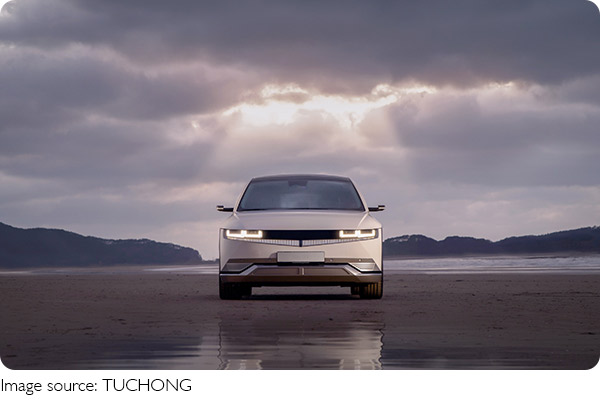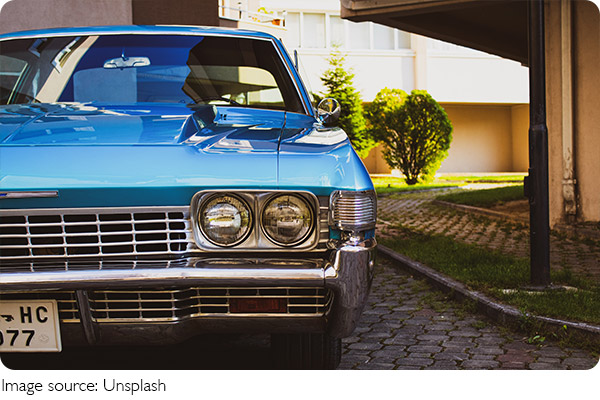Twinkling Safety

During your journey, dual flashing lights serve as crucial safety elements on vehicles, intended to communicate specific messages to fellow drivers.
Although their application is straightforward in some scenarios, it can be debated in others.
Understanding the appropriate moments to activate your dual flashers is pivotal in upholding driving safety. In this discourse, we delve into various usage scenarios for dual flashlights to give drivers a comprehensive grasp of when to employ this feature.
1. Parking or Temporary Halts
One of the most prevalent situations warranting dual flashlights is parking or making temporary halts. Whether stationed at the roadside or encountering an emergency, activating your dual flashers serves as a beacon, signaling to other drivers that your vehicle won't be moving imminently.
This proactive measure diminishes the likelihood of collisions with your stationary vehicle while prompting others to navigate around it, thus averting potential mishaps.
2. Vehicle Breakdown
In vehicular breakdowns, you use double flashing lights to apprise fellow drivers of your vehicle's predicament.
This deters other vehicles from inadvertently colliding with yours and signals drivers to decelerate and navigate past your car cautiously. Additionally, it may prompt compassionate drivers to offer assistance, ensuring a safer resolution to the predicament.
3. Driving at Reduced Speeds
Certain driving conditions, such as navigating narrow or winding roads at reduced speeds, require dual flashers to indicate to trailing drivers that you're progressing slower.
Employing dual flashlights in such circumstances mitigates the risk of rear-end collisions while prompting following vehicles to adjust their speed and maintain a safe distance, thus averting potential accidents.

4. Warning Other Drivers
There are situations wherein it becomes imperative to forewarn fellow drivers of potential hazards, such as traversing through accident scenes or encountering road obstructions.
Herein, activating the dual flashers is crucial in promptly drawing attention to potential dangers, enabling other drivers to take evasive action and prevent untoward incidents.
5. Adverse Weather Conditions
During inclement weather conditions like fog, heavy rain, or snow, where visibility is compromised, activating dual flashers can significantly enhance the visibility of your vehicle.
This heightened visibility reduces the likelihood of traffic accidents by ensuring that other motorists can promptly perceive your presence on the road.
In Conclusion
Dual flashers constitute an indispensable safety feature on vehicles, and their judicious use can substantially mitigate traffic accidents. While their application may be straightforward in specific scenarios, it may elicit contention in others.
Therefore, discerning when to activate your dual flashers is paramount to upholding driving safety standards. While behind the wheel, it is imperative to exercise prudence in utilizing your dual flashers, ensuring their activation aligns with the prevailing circumstances to bolster safety for all road users.

 · Vehicle Team
· Vehicle Team